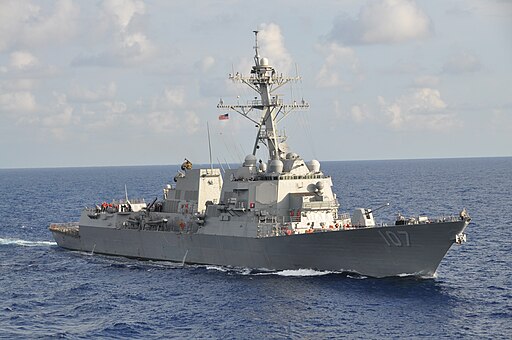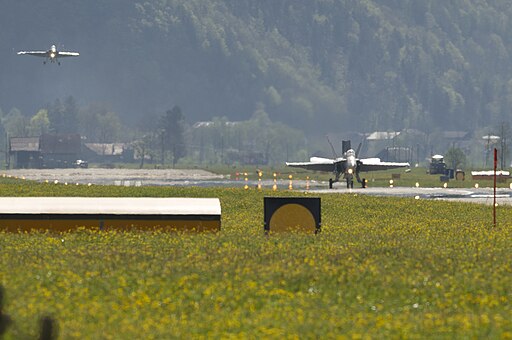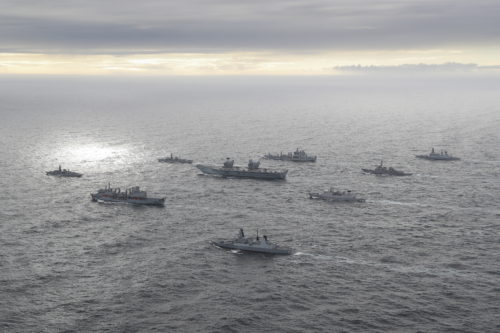A cruise missile launched by Houthi rebels into the Red Sea on the night of Jan. 30th came within a nautical mile of the USS Gravely, marking the closest such attack on a U.S. warship to date, CNN reported. The missile was ultimately destroyed by the ship’s Close-In Weapon System (CIWS), marking the first time this defensive system has seen combat action on a warship.

Official Navy Page from United States of AmericaLt. Cmdr. Corey Barker/U.S. Navy, Public domain, via Wikimedia Commons
Continue reading “CIWS on board USS Gravely shot down cruise missile fired by Houthis”

